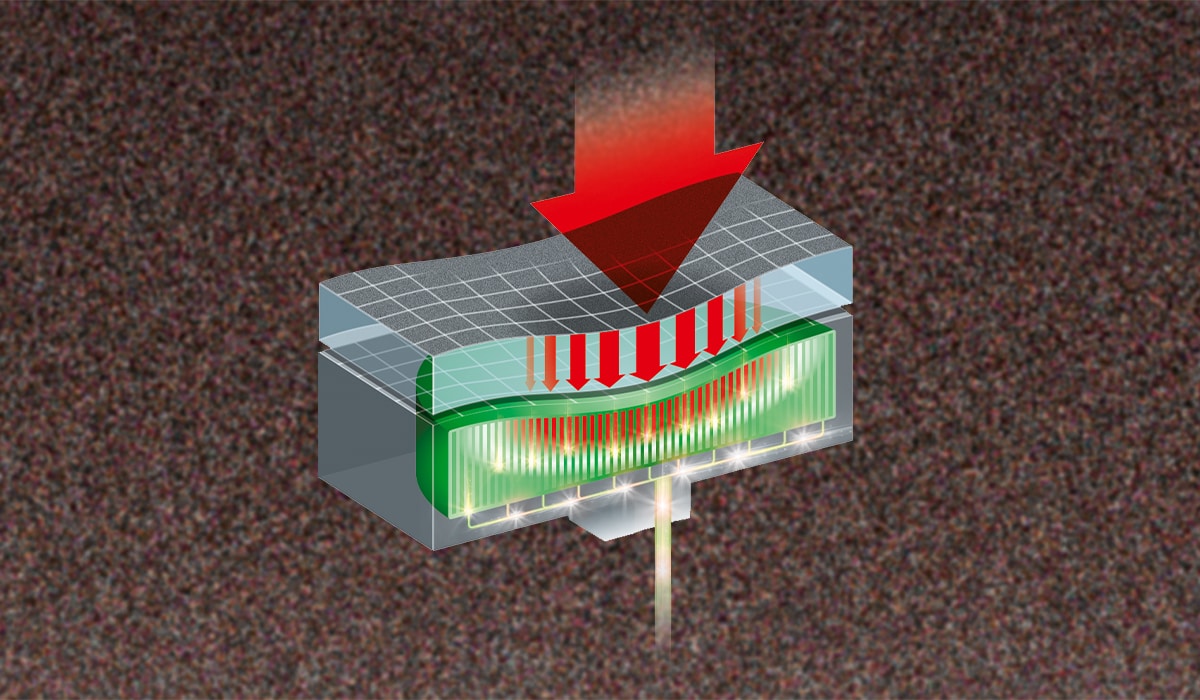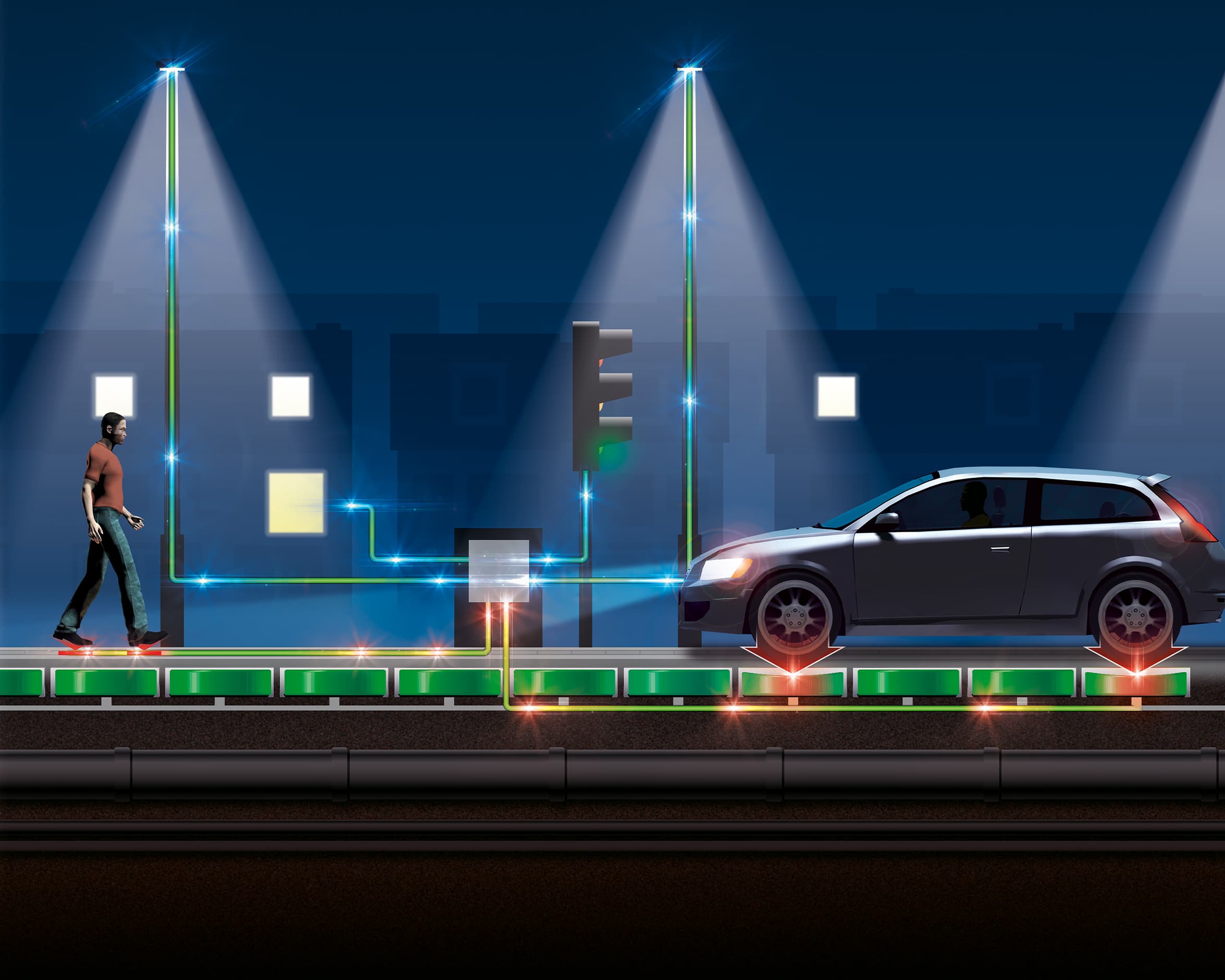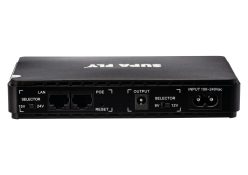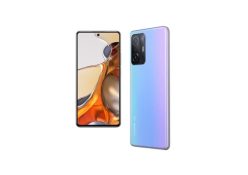With the implementation of piezoelectric systems, the movement of traffic and pedestrians could light the way.
Something for nothing always appeals. Why pay a fortune to power a motorway if it could just as easily power itself? If our roads were paved with the right surface, we could store the electric charge that accumulates under the ground and use that to illuminate our roads instead.
Piezoelectricity is electricity that is generated from pressure, and it’s used in a wide range of applications today, from cigarette lighters to inkjet printers. The only question is, can it scale? It’s one thing to generate low-level lighting by shaking it on a dance floor – as seen in ‘eco-discos’ in London and Rotterdam – but could piezoelectric pads installed under tarmac be enough to power the lights and signage along our major roads?
Piezoelectricity is a rapidly expanding industry, and London based Pavegen Systems is one of the companies spearheading its development. Launched by industrial designer Laurence Kemball-Cook, Pavegen designs ‘smart’ pavement tiles that function as an off-grid power source.
They were trialled at West Ham station during the London 2012 Olympics, lined the approach to the finish line of the 2013 Paris Marathon and floor the corridors of schools in Kent and Gloucester. More recently, in 2017, California’s Energy Commission awarded grants to two organisations to demonstrate the technology in San José.
‘The biggest challenge is to change attitudes and perceptions,’ says Kemball-Cook. ‘Many people simply don’t believe it works.’ His vision includes tiling large public spaces and football stadiums, where excited capacity crowds could power the local community while supporting their favourite teams.
How piezoelectrics turn movement into energy
Piezoelectricity is generated in certain materials, such as ceramic and crystal, most commonly quartz, when they are put under mechanical stress, for example by a car driving over them.
In these materials, an electrical charge builds up on their surface as ions are displaced. Piezoelectric crystals produce high voltage with low currents; this makes them ideal for small applications, such as the ignition on a gas oven. Whether it can be efficient on a larger scale remains to be seen.

1. Light the lamp
Electricity produced in the road can be sent straight to the grid or saved for later use at that location. In the future, daytime traffic could be used to power lights at night.
2. Crowd sourcing
Piezoelectricity company Pavegen Systems says one step on its slabs is enough to power an LED street lamp for 30 seconds. The principle is the same as with other piezoelectric systems: Kinetic energy, the energy of motion, is converted into electricity.
3. Smart roads
Piezoelectric roads can collect data on traffic conditions, meaning one day they could be used to monitor and advise traffic management systems.
4. Energy harvesting
The harvesting module collects and stores the energy generated by the piezoelectric pads, which would otherwise be wasted as heat.
5. Congestion charge
Pads of metallic crystals are encased in a thin box underneath a layer of asphalt. When a car drives on the road it compresses the crystals, generating electricity. The electricity then flows towards the harvesting module.
By: Maggie Philbin
Photography: Andrew McLaughlin
Also read: Tech Savvy is the New Normal







